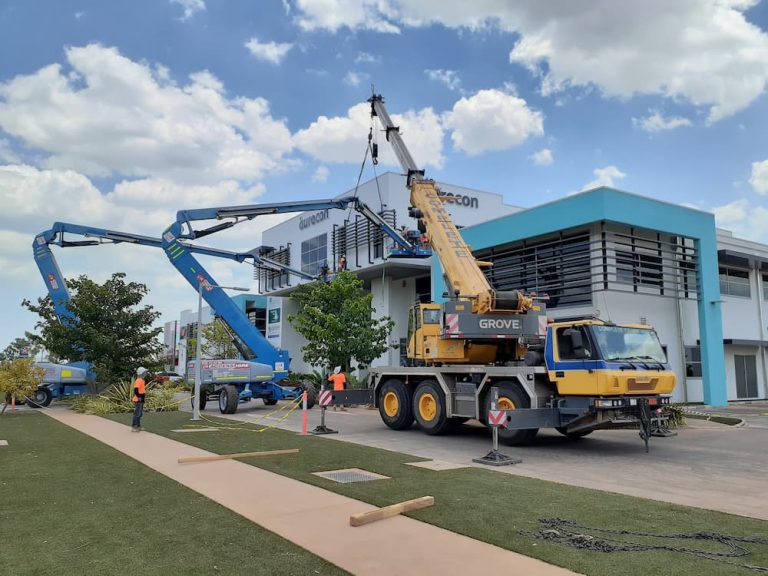
In the anatomy of a modern warehouse, NTL Storage’s industrial rack functions much like the skeletal system of a complex organism, providing structure, support, and the fundamental architecture upon which all other operations depend. To understand these systems is to glimpse how human ingenuity transforms simple materials into sophisticated networks that bear the weight of commerce itself, a transformation as profound as the body’s ability to convert calcium and collagen into load-bearing bone.
The Pathology of Inefficient Storage
Consider, if you will, the warehouse as a living system. Blood must flow freely through vessels, oxygen must reach tissues, and waste must be eliminated efficiently. When any component fails, the entire organism suffers. The same principle governs warehouse operations. Before the advent of systematic vertical storage solutions, warehouses suffered from a chronic condition: the inefficient use of three-dimensional space. Goods piled haphazardly upon floors, retrieval times stretched interminably, and the vertical expanse above remained tragically underutilised.
The introduction of engineered racking systems represented a cure for this pathology, a therapeutic intervention that restored health to ailing operations. NTL Storage’s industrial rack solutions emerged from this recognition that warehouse efficiency, like human health, depends upon proper structural organisation and optimal resource allocation.
Anatomy of a Storage System
Let us dissect an industrial racking system with the precision of a surgical examination. Each component serves a vital function:
• Upright Frames
The vertebral column of the structure, bearing compressive loads whilst maintaining perfect vertical alignment. Like the spine, any weakness here compromises the entire system.
• Load Beams
Analogous to ribs, these horizontal members distribute weight laterally and create the platforms upon which inventory rests. Their strength determines the system’s carrying capacity.
• Bracing Components
The ligaments and tendons of the structure, preventing lateral movement and maintaining geometric stability under dynamic loads.
• Base Plates and Anchors
The foundation, much like the pelvis and feet in human anatomy, transferring forces safely into the supporting substrate.
The elegance of this design lies in its integration. Remove any component and the system fails, just as the body cannot function without its complete skeletal framework.
The Cellular Level: Material Science
At the molecular level, the steel comprising industrial storage racks tells a story of metallurgical sophistication. Iron atoms arranged in body-centred cubic lattices, alloyed with precise quantities of carbon, manganese, and other elements to achieve optimal strength-to-weight ratios. This is materials science as cellular biology, where microscopic structure determines macroscopic performance.
The cold-rolling processes that form these structural members work-harden the steel, aligning grain boundaries and increasing tensile strength. It is a form of conditioning not unlike muscle training, where controlled stress produces enhanced capability. Singapore’s NTL Storage’s industrial rack installations exemplify this marriage of material science and practical application, where theoretical knowledge transforms into tangible infrastructure.
The Environment: Singapore’s Unique Ecosystem
Every organism adapts to its environment, and warehouse storage solutions are no exception. Singapore presents a unique ecological niche: extreme land scarcity, tropical humidity, stringent safety regulations, and the demands of a global logistics hub. These selection pressures have driven the evolution of storage systems optimised for density and durability.
NTL Storage’s approach to industrial racking reflects this adaptive process. High-bay configurations maximise vertical space utilisation. Corrosion-resistant coatings combat humid conditions. Seismic considerations inform structural design. The result is a storage ecosystem finely tuned to local conditions, much as endemic species evolve traits specific to their habitats.
Diagnosis and Prevention: The Safety Imperative
In medicine, we distinguish between acute catastrophic events and chronic degenerative conditions. Industrial rack failures fall into both categories. Sudden collapse represents acute trauma, devastating and immediate. Gradual degradation through corrosion, fatigue, or overloading constitutes chronic disease, insidious and progressive.
Prevention requires vigilance:
- Regular inspections identify early pathology before it becomes critical
- Load capacity adherence prevents acute overload failures
- Damage assessment and prompt repair arrest deterioration
- Proper training ensures operators become caregivers rather than sources of injury
The cost of prevention pales beside the price of catastrophic failure, a principle physicians understand intimately. An ounce of inspection prevents a tonne of collapsed inventory.
The Prognosis: Future Evolution
Looking ahead, we can envision the next generation of storage systems as we might imagine future medical treatments. Sensors embedded within structures will monitor stress in real-time, detecting problems before human inspectors can. Artificial intelligence will optimise storage locations dynamically, like the body’s homeostatic mechanisms maintaining physiological balance. Automated retrieval systems will eliminate human exposure to risk, much as robotic surgery reduces invasive trauma.
These advances will not replace fundamental principles but enhance them. The physics of load-bearing structures remains constant, as does human anatomy despite technological progress. What changes is our ability to work within these constraints more intelligently, more safely, and more efficiently.
The Integration of Systems
Perhaps the most profound lesson from studying warehouse storage lies in recognising how seemingly simple structures enable complex operations. Like the human skeleton supporting movement, protecting organs, and producing blood cells, industrial racking systems do far more than merely hold inventory. They organise workflow, enable inventory management strategies, and create the physical framework within which logistics operations unfold.
This integrated perspective transforms our understanding. We no longer see metal frames and beams but rather the enablers of commerce, the silent infrastructure supporting supply chains that feed cities and sustain economies. In this light, NTL Storage’s industrial rack represents not merely equipment but the skeletal foundation upon which modern logistics builds its extraordinary capabilities.





